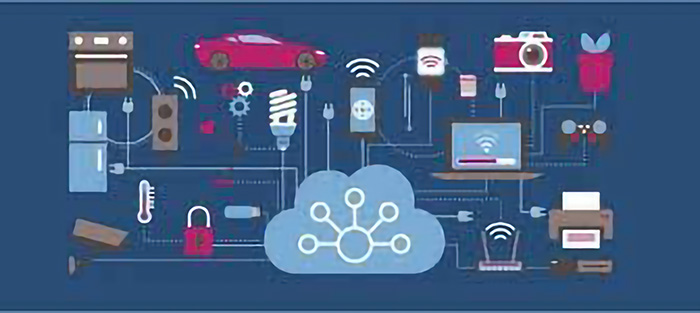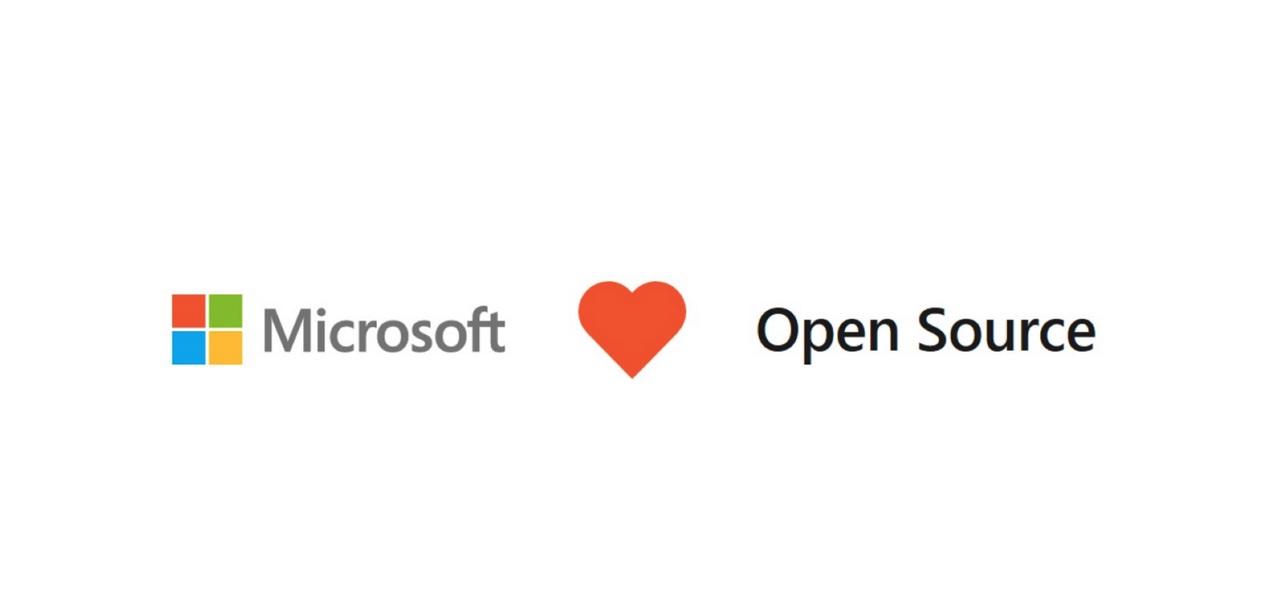Yesterday, we looked at some of the biggest stories of 2013 and discussed how they effected the technology community. Here we look at some trends that I think we will see develop in the internet industry in 2014 and beyond.
From native to web – more applications moving to the browser
Java Script has been with us for some time, and as HTML5 matures, the possibilities for delivering applications via the web are continually growing in sophistication. Google’s recent release of PNaCl, allowing applications to be run in the browser while utilising local resources, regardless of platform, gives further tools to developers that want focus on the in-browser experience.
The advantages of applications running in the browser are manifold, not least that it doesn’t matter what device or operating system you’re running, the user experience will be consistent. As computing becomes more and more fragmented, it is in the developers interests to be able to ‘write once and run anywhere’ and 2014 will see more and more applications being delivered via the web. Of course, it’s not in Apple, Google or Microsoft’s interests as it will take a chunk out of their profits, so expect some resistance from these quarters. But a powerful ideal such as this can only be resisted so long.
Users demand trust and transparency
2013 has been a pivotal year for the relationship between users and the custodians of their data. While there have always been lingering fears amongst users as to what actually happens to their data, they have been prepared to put up with it because so far the user experience has been good. But this trust is now hanging in the balance, and who knows what revelations are around the corner that could upset everything?
Much as Microsoft started its Trustworthy Computing initiative over a decade ago when its reputation was in danger, expect to see many of the large web companies take similar steps to reassure customers and users. Users are more sceptical than ever, and failure to engage in a genuine and honest manner will leave them feeling even more isolated.
It is a decisive time for the history of the open web, and the next play from the power brokers could define how we interact, communicate and collaborate for years to come.
The web to open up again. Reluctantly.
The Internet was conceived as a great, open environment, where people were free to communicate and share resources as they needed and desired. Early walled gardens such as CompuServe and AOL were rejected because the public didn’t want restrictions in terms of what they could access. However, by choice, people are now using a new breed of walled gardens, Google and Facebook, automatically restricting how they themselves can enjoy an open web.
With the disappearance of Instagram pictures from our Twitter feeds, we are experiencing first-hand the disappearance of the open APIs that made the Internet what it is. People want the services they use to be able to speak to each other – to be more connected – and restrictions, as we have seen historically, drive users away. Slowly, this trend will reverse, and the web will begin to open up again, but it won’t be without a fight.




-png-2.png)
